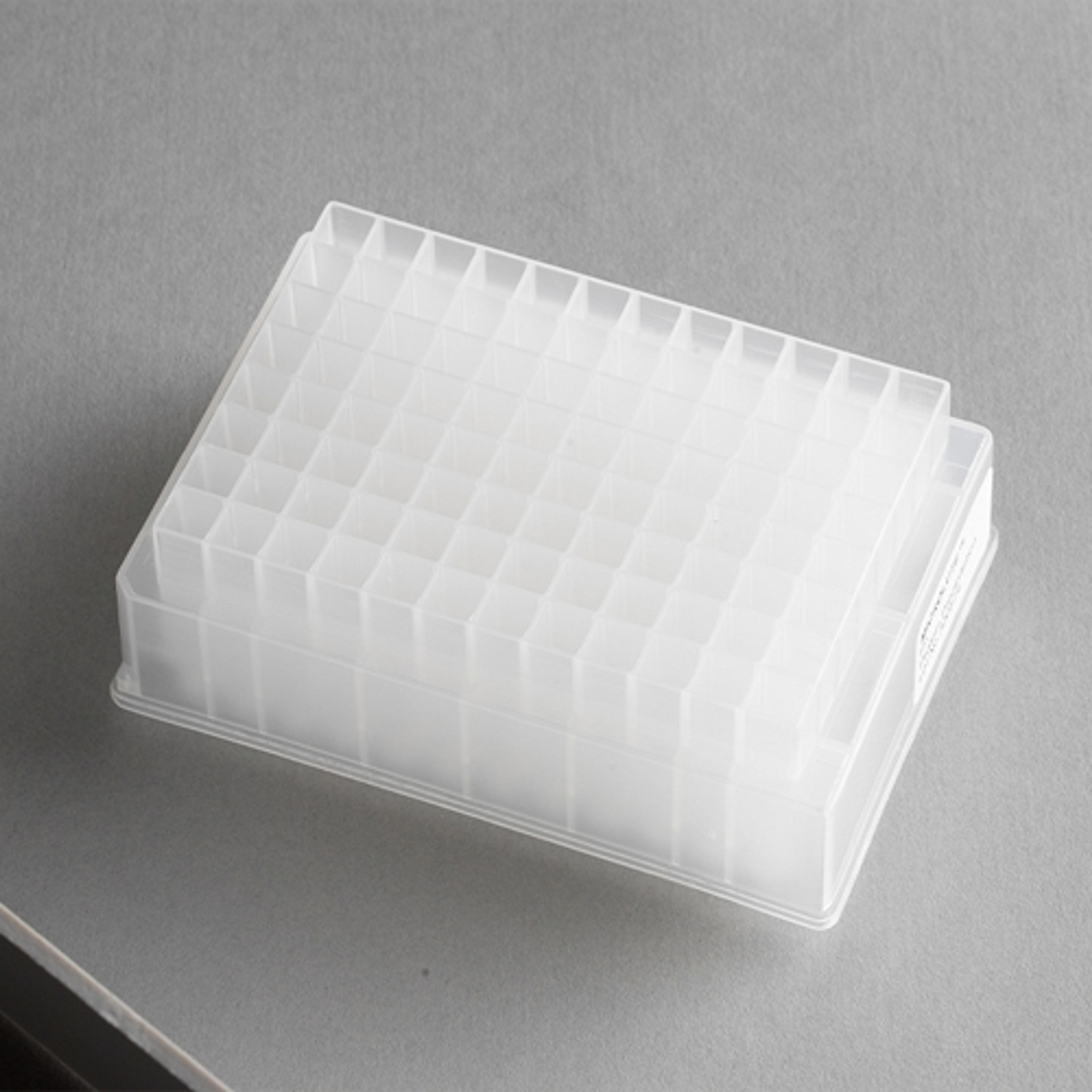Biological Sample Preparation Using a Protein Precipitation Plate
10 Nov 2017
Porvair Sciences has announced the recent publication of an informative video demonstrating how to use a solid-state filter microplate to remove interfering proteins from serum, plasma or even whole blood samples prior to analysis by Liquid Chromatography / Mass Spectrometry (LC/MS).
Biological samples commonly contain proteins that interfere with downstream applications. The Porvair Sciences Protein Precipitation Plate (P3) plate uses the CRASH method, in which the protein is denatured with acetonitrile and the flocculant filtered out, allowing 96 samples to be handled at one time.
Based on the industry standard MicroLute™ format, but without the chromatographic sorbent, protein ‘crashes’ out of solution and precipitates directly in each well when acetonitrile is added, thus solving all common problems associated with the CRASH technique of protein clean-up. The novel dual frit, hydrophobically treated matrix used by the P3 plate means that there is no ‘wetting out’ and leakage of sample before the application of vacuum. Porvair Sciences P3 plate is now commonly used as the protein precipitation plate of choice in many major pharmaceutical companies.
Do you use P3 Protein Precipitation Plates in your work or research? Write a review today for your chance to win an Amazon voucher worth $400 or an iPad Air®.

